Black Ash Tree Information – Learn About Black Ash In Landscapes
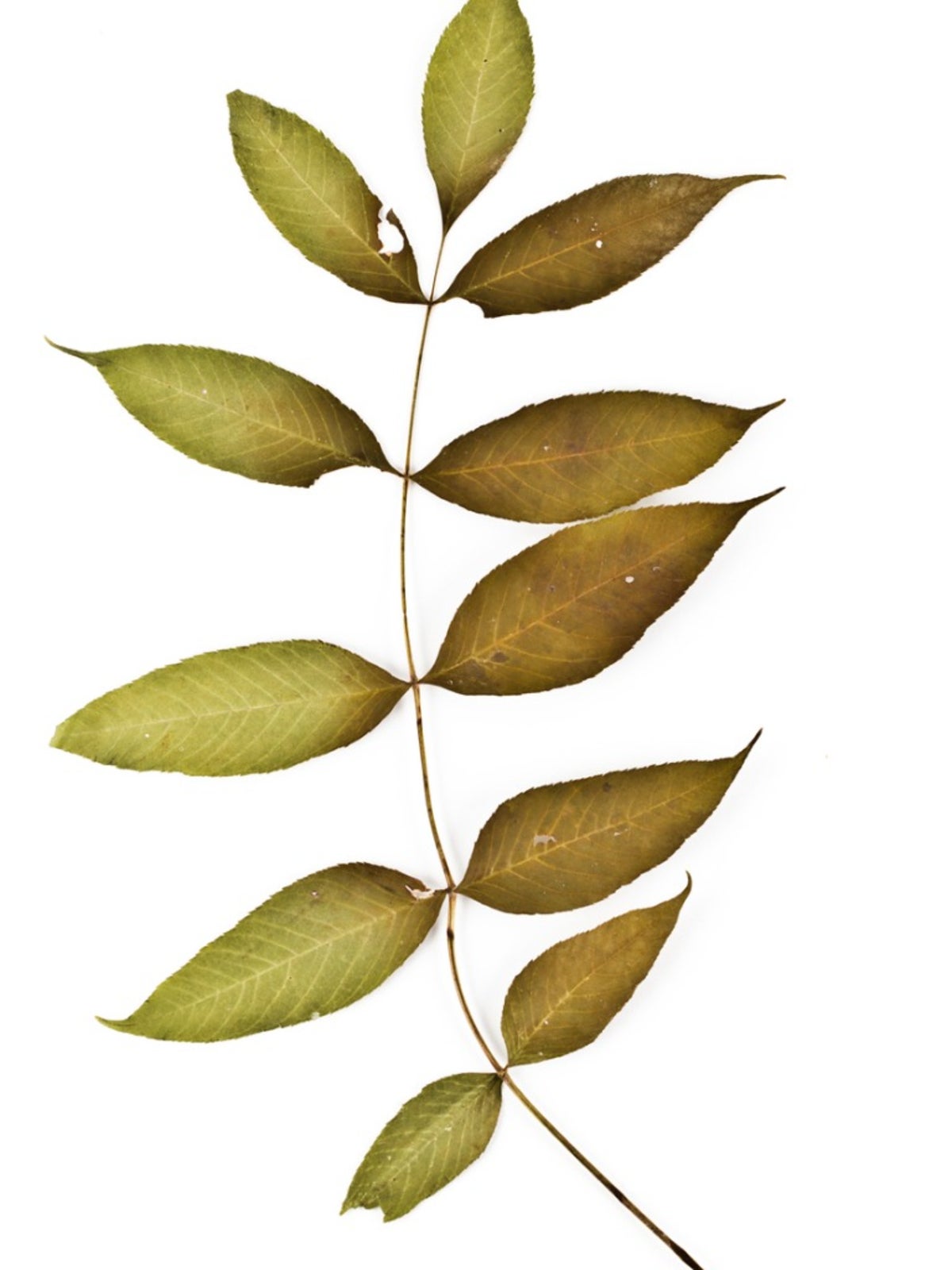

Black ash trees (Fraxinus nigra) are native to the northeast corner of the United States as well as Canada. They grow in wooded swamps and wetlands. According to black ash tree information, the trees grow slowly and develop into tall, slender trees with attractive feather-compound leaves. Read on for more information about black ash trees and black ash tree cultivation.
Black Ash Tree Information
The tree has smooth bark when it is young, but the bark turns dark gray or brown and gets corky as the tree matures. It grows to some 70 feet (21 m.) tall but remains fairly slender. The branches head upward, forming a slightly rounded crown. The leaves on this ash tree are compound, each including seven to eleven toothed leaflets. The leaflets are not stalked, and they die and fall to the ground in autumn. Black ash trees produce flowers in early spring, before the leaves grow in. The small, petal-less blossoms are purple and grow in clusters. Fruits are winged samaras, each shaped like a lance and carrying a single seed. The dry fruit provides nurture for wild birds and small mammals. The wood of black ash is heavy, soft, and durable. It is used to make interior finishing and cabinets. Strips of wood are flattened and used to make baskets and woven chair seats.
Black Ash in Landscapes
When you see black ash in landscapes, you know you are in an area with a cold climate. Black ash trees thrive in U.S. Department of Agriculture plant hardiness zones 2 through 5, usually in wet areas like deep cold swamps or riverbanks. If you are considering black ash tree cultivation, you’ll need to be sure you can offer the trees a climate and growing conditions where they will grow happily. These trees prefer a humid climate with adequate precipitation to keep soil moist during the growing season. You’ll do best with cultivation if you match the soil it prefers in the wild. The tree generally grows on peat and muck soils. It occasionally grows on sands with till or loam beneath.
Gardening tips, videos, info and more delivered right to your inbox!
Sign up for the Gardening Know How newsletter today and receive a free copy of our e-book "How to Grow Delicious Tomatoes".

Teo Spengler is a master gardener and a docent at the San Francisco Botanical Garden, where she hosts public tours. She has studied horticulture and written about nature, trees, plants, and gardening for more than two decades. Her extended family includes some 30 houseplants and hundreds of outdoor plants, including 250 trees, which are her main passion. Spengler currently splits her life between San Francisco and the French Basque Country, though she was raised in Alaska, giving her experience of gardening in a range of climates.
-
 12 Lush Alternatives To A Lawn For Sustainable Spaces
12 Lush Alternatives To A Lawn For Sustainable SpacesAlternatives to a lawn are beautiful and also beneficial to your local ecosystem and its pollinators. Explore our top picks for plants to replace grass.
By Tonya Barnett
-
 Types Of Tomatoes Explained: Explore The Many Wonderful Shapes, Colors, Flavors, & Best Uses
Types Of Tomatoes Explained: Explore The Many Wonderful Shapes, Colors, Flavors, & Best UsesThe world of tomato varieties is vast and fascinating. Learn about the key types to grow in your garden, tailored to your preferences and space.
By Amy Grant
-
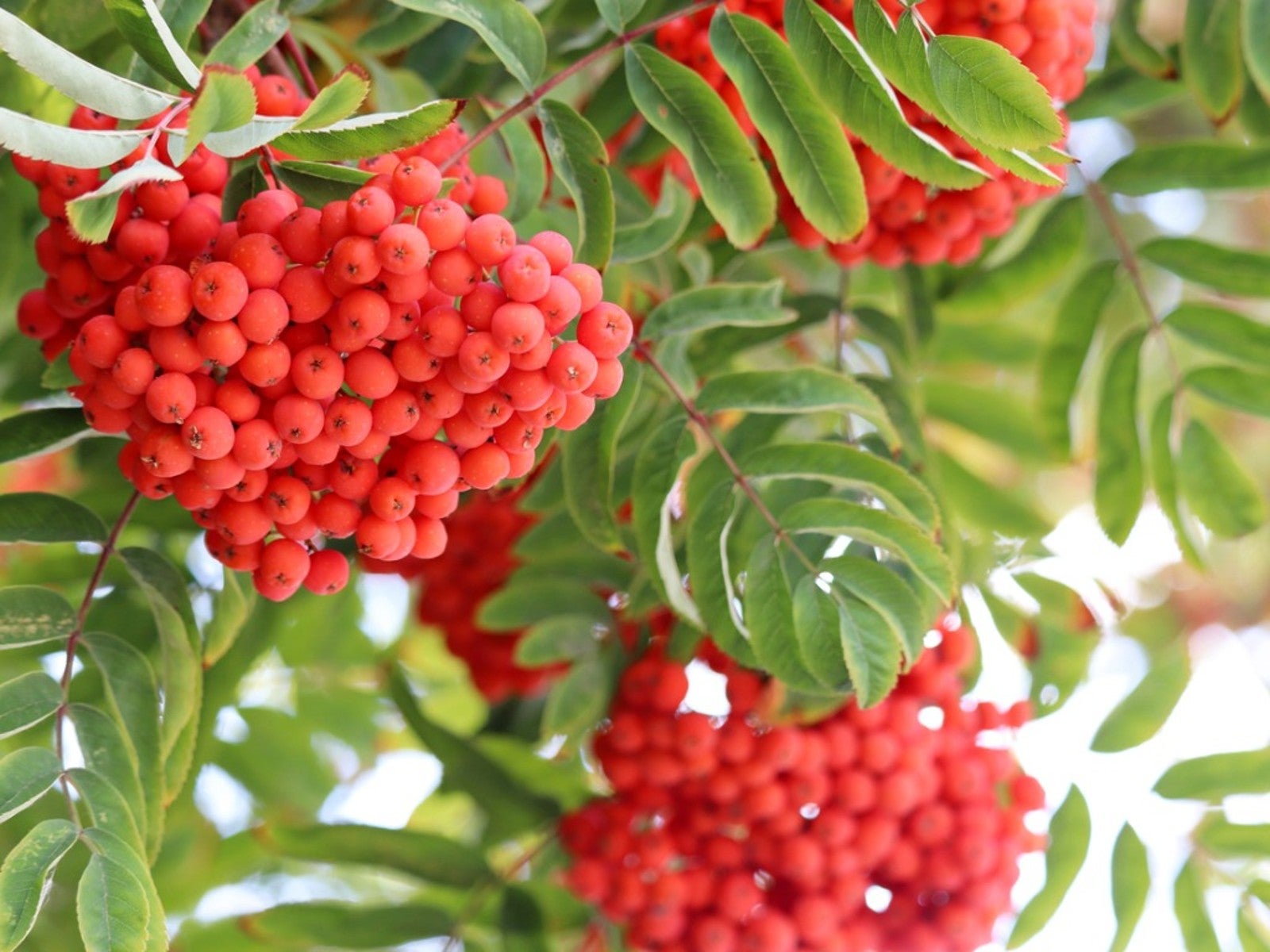 European Mountain Ash: Care For The Rowan Tree
European Mountain Ash: Care For The Rowan TreeAre mountain ash and rowan trees the same? They are exactly the same tree. Read on for more information on these trees.
By Teo Spengler
-
 European Mountain Ash Identification - European Mountain Ash Care
European Mountain Ash Identification - European Mountain Ash CareWhat is a European mountain ash tree? If you are considering growing this mountain ash trees for ornamental purposes, click here for tips on care as well as a caution about its invasiveness.
By Teo Spengler
-
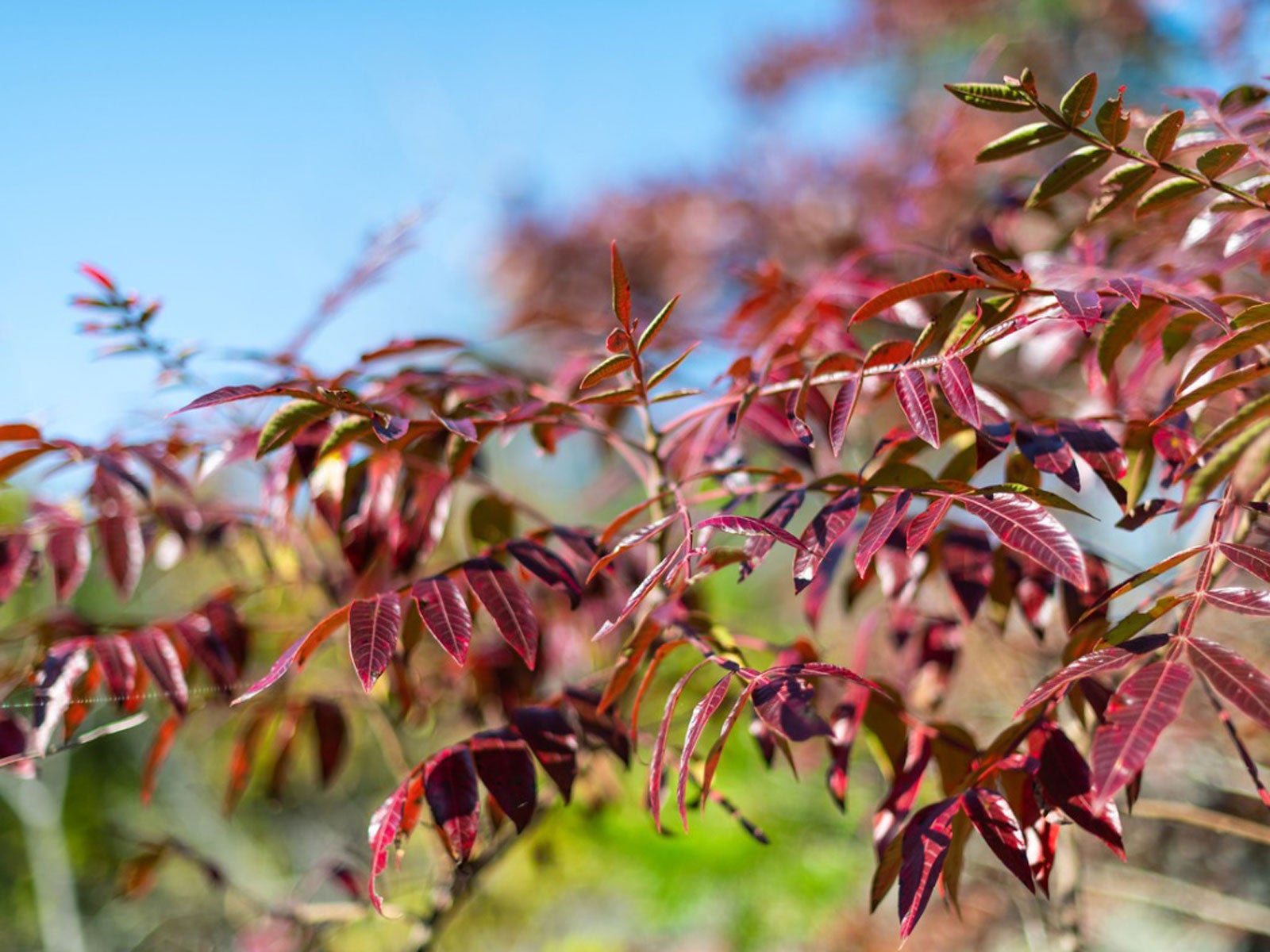 Ash Tree That Turns Purple – Learn About Purple Ash Tree Facts
Ash Tree That Turns Purple – Learn About Purple Ash Tree FactsThe purple ash tree is actually a white ash tree that has purple leaves in fall. Its attractive autumn foliage makes it a popular street and shade tree. For more information about ‘Autumn Purple’ ash trees, click on the following article.
By Teo Spengler
-
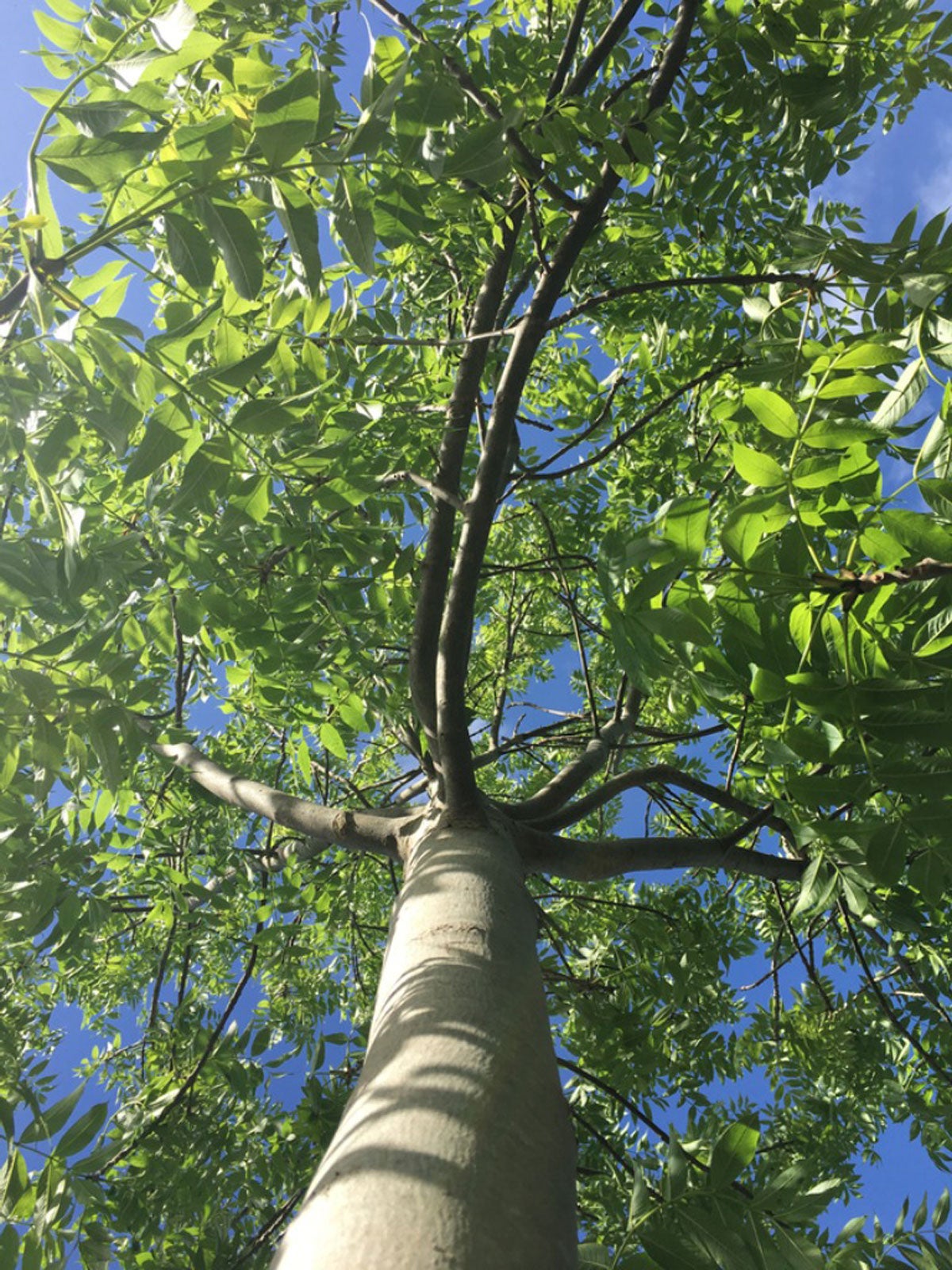 Ash Tree Identification: Which Ash Tree Do I Have
Ash Tree Identification: Which Ash Tree Do I HaveSome species of trees just happen to have “ash” in their common names but aren’t true ashes at all. Find different types of ash tree varieties here.
By Teo Spengler
-
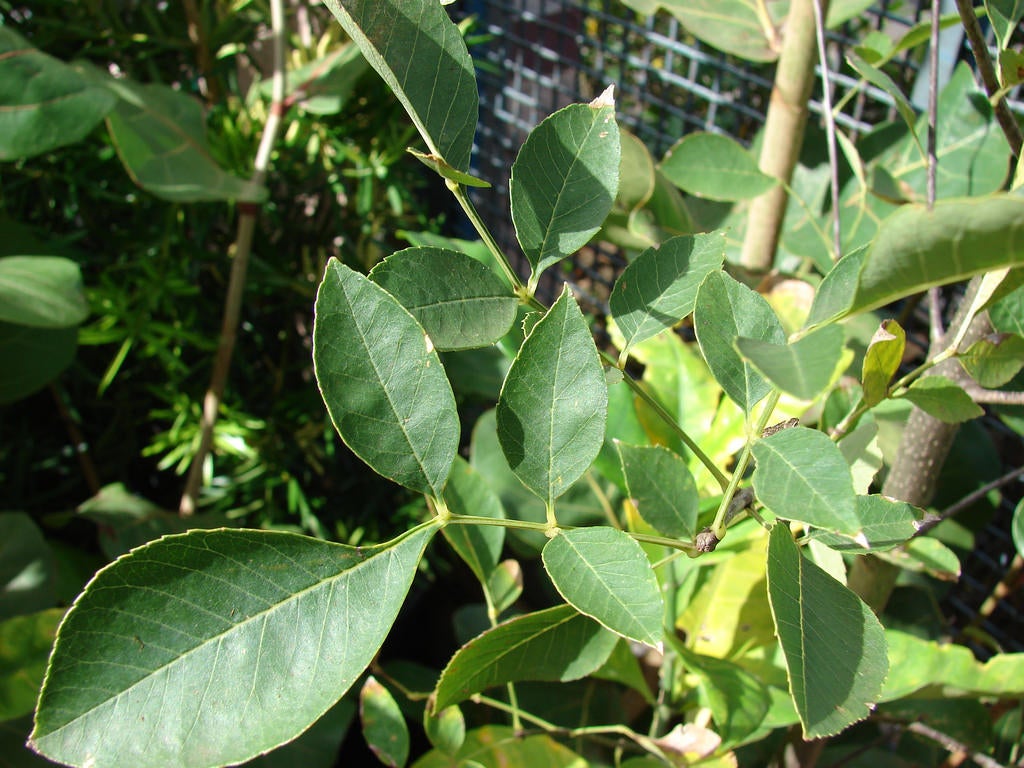 What Is Arizona Ash – How To Grow An Arizona Ash Tree
What Is Arizona Ash – How To Grow An Arizona Ash TreeArizona ash (Fraximus velutina) is an upright, stately tree with a rounded canopy of deep green leaves. It is relatively short-lived but may survive 50 years with proper care. Click on the following article to learn about growing Arizona ash trees in your landscape.
By Mary H. Dyer
-
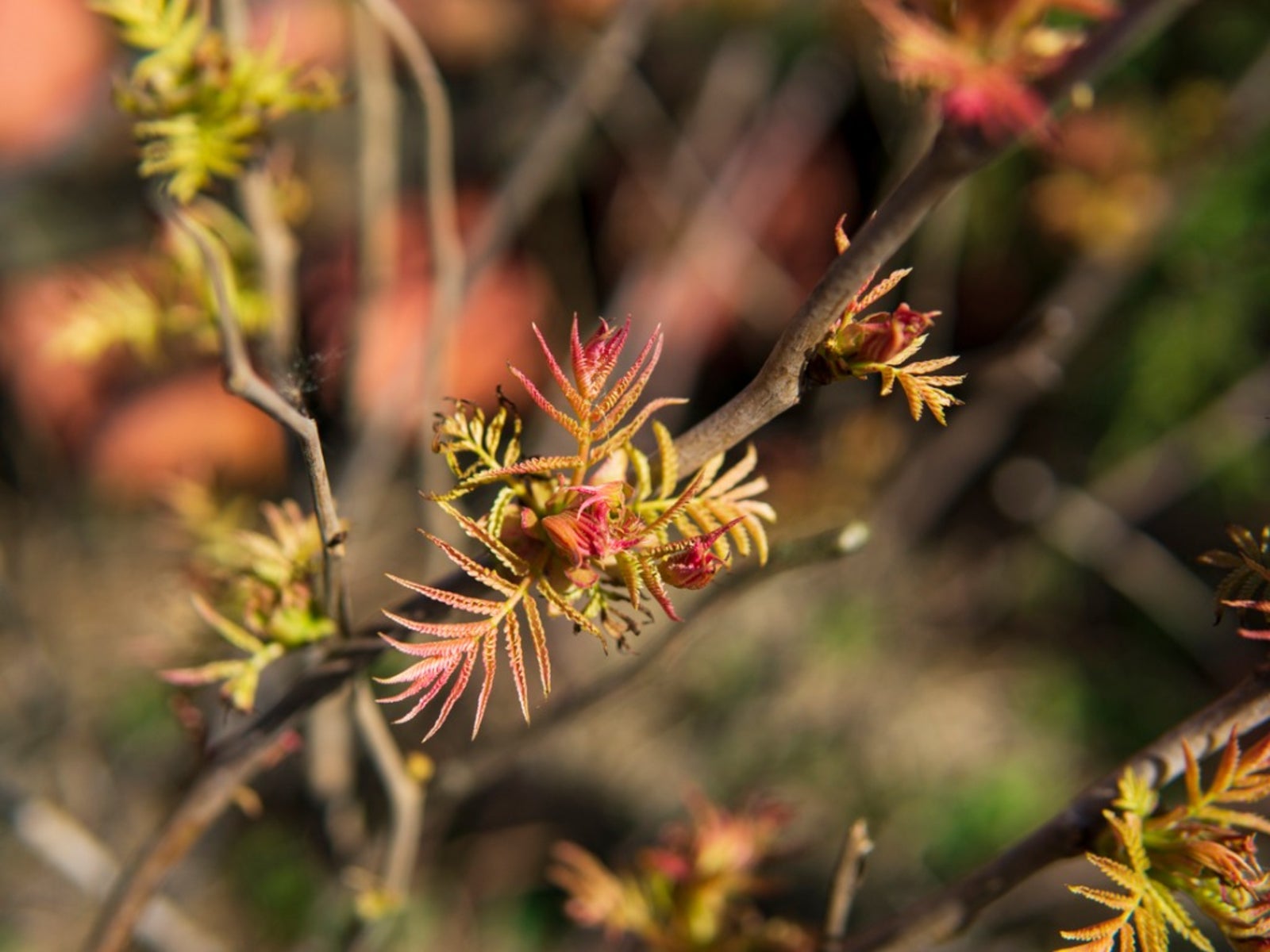 Showy Mountain Ash Care – Can You Grow A Showy Mountain Ash Tree
Showy Mountain Ash Care – Can You Grow A Showy Mountain Ash TreeIf you read up on showy mountain ash information, you'll find that the trees flower profusely, produce attractive berries and offer a stunning fall display. Growing this tree isn't difficult if you live in a cooler climate. Click here for tips on showy mountain ash care.
By Teo Spengler
-
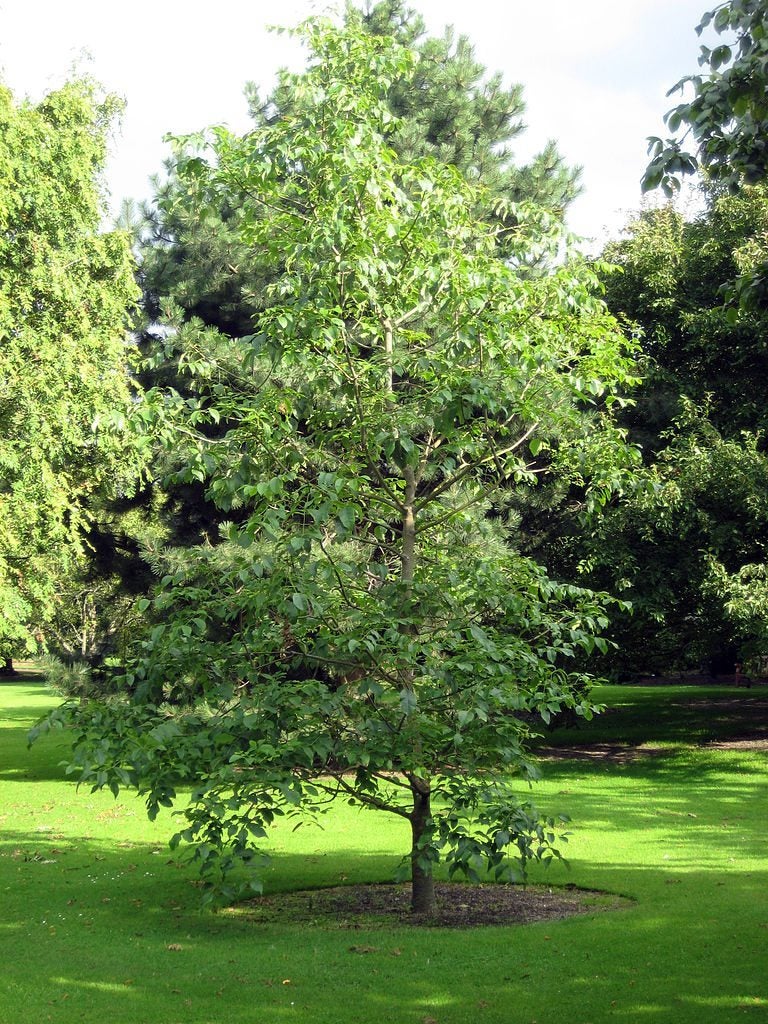 What Is A Pumpkin Ash: Information About Pumpkin Ash Trees
What Is A Pumpkin Ash: Information About Pumpkin Ash TreesYou've heard of pumpkins, but what is a pumpkin ash? It's a fairly rare native tree that is a relative of the white ash tree. If you're thinking of growing pumpkin ash trees, click this article for more pumpkin ash information, as this may not be such a great idea.
By Teo Spengler
-
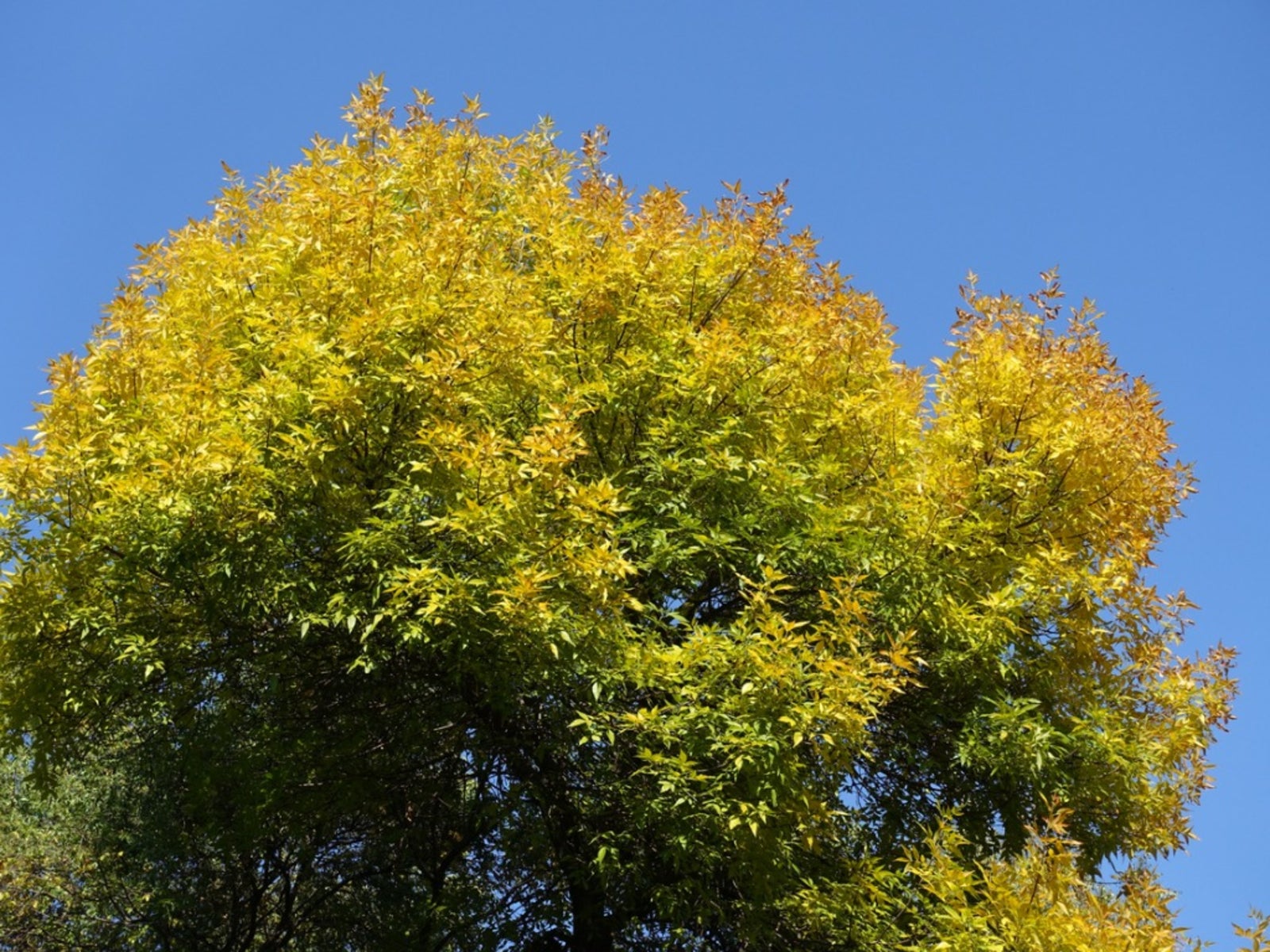 What Is A Green Ash – How To Grow A Green Ash Tree
What Is A Green Ash – How To Grow A Green Ash TreeGreen ash is an adaptable native tree planted in both conservation and home settings. It makes an attractive, fast-growing shade tree. If you want to know how to grow a green ash, click here. You?ll also find tips on good green ash tree care.
By Teo Spengler